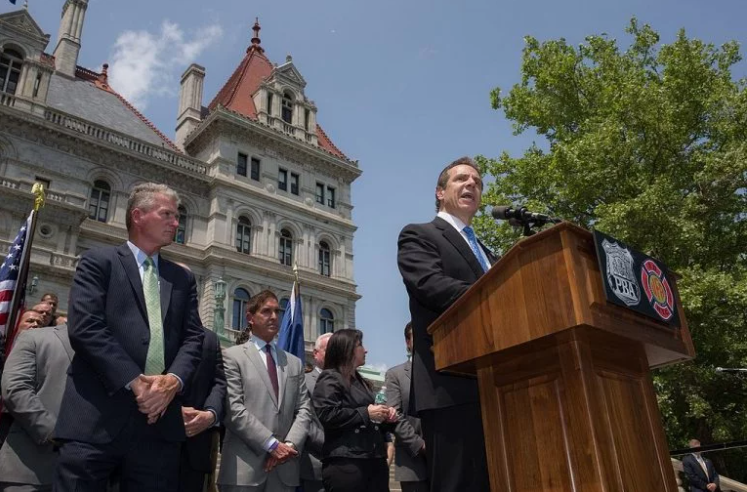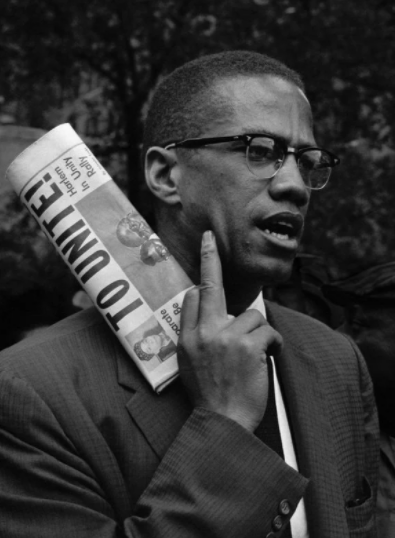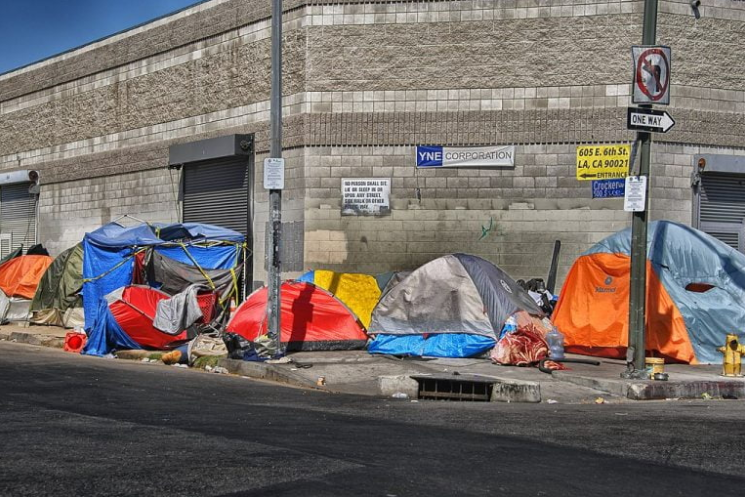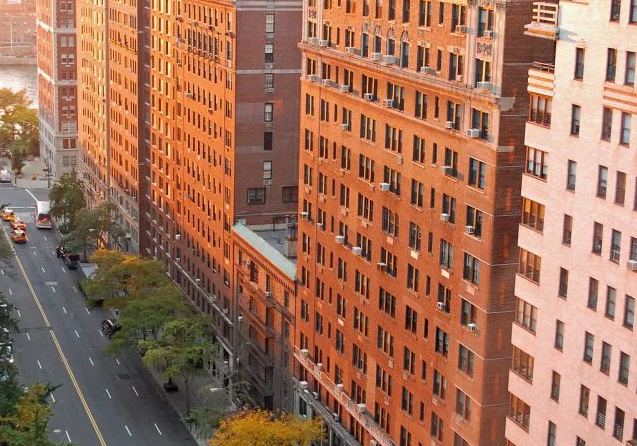The US is standing on a precipice overlooking an abyss of hitherto unimagined proportions. Since March, over 56 million workers have filed unemployment claims, and as of this writing, roughly half of them are currently receiving unemployment benefits.
The economy has been kept afloat until now only due to an unprecedented monetary injection, with billions making a brief pit stop in ordinary workers’ bank accounts before being funneled into the coffers of the capitalists in the form of rent, interest, and profit.
However, even this limited attempt by the ruling class to take the edge of the most egregious conditions of capitalist barbarism will not be able to stabilize the system for long, given the massive economic dislocation triggered by COVID-19. These benefits—which won’t last forever—are not enough to cover monthly expenses for many workers. According to one national survey, a staggering 43% of renters across the country were unable to make rent payments as of the end of July. Consequently, even bourgeois commentators like Robert Reich have warned the population to brace itself for a wave of foreclosures, evictions—and hunger—unlike anything experienced since the Great Depression.
A looming catastrophe
Since the federal government and most state governments do not collect eviction data, the national figures can be hard to track. Eviction Lab, a database which has compiled eviction data from court records in just 17 cities since the start of the pandemic, has tallied more than 36,500 in those cities since the middle of March. They estimate that as many as 28 million will be at risk of eviction in the coming months—close to triple the estimated 10 million who lost their homes in the wreckage of the 2008 crisis. A study of US Census Bureau data published by the Aspen Institute puts the estimate significantly higher, projecting that between 30 and 40 million face the risk of eviction.
In New York alone, more than 200,000 eviction cases are pending, although a temporary statewide moratorium on evictions had put them on hold until the end of October. Similar eviction moratoriums had been enacted and allowed to expire in nearly half of the states. As a result, it was estimated that up to 23 million renters risked being thrown out of their homes by the end of September.
With the election right around the corner and the mishandling of the pandemic already bruising Trump’s ratings, the president calculated that flooding homeless shelters across the country with millions of newly evicted families in the lead up to November was not a winning strategy. Acting through the CDC, the administration announced a temporary suspension of evictions until after the election. This measure provides no relief for the tens of millions whose day of reckoning has simply been kicked down the road by a few months.

Even with the temporary moratorium in place, tenants are still obligated to pay back rent, with some estimating that at least $100 billion in further monetary injection will be needed to stabilize the situation. This all comes at a time when housing insecurity, gentrification, and homelessness were already at crisis levels. In 2016, when the official unemployment rate was under 5%, there were 3.6 million evictions in the US. And as with every aspect of the capitalist crisis that’s been pushed to unseen levels by COVID-19, Latinos and black families have borne the brunt of what one commentator called “a race equity disaster.”
Nor is the scale of the tidal wave in any way reduced by the moratorium. In Missouri, over 40% of renters could lose their homes (more than 200,000 tenants) when the temporary eviction ban is lifted. In Kansas, more than a third of tenants could face eviction—81,000 more.
According to weekly surveys conducted by the US Census Bureau, close to a third of renters in South Dakota had little to no confidence of being able to pay August rent. Milwaukee saw an 89% increase in evictions in the weeks after its moratorium was lifted. And thanks to the benevolence and compassion of some landlords, some tenants were even getting evicted just for catching COVID-19. These are the horrors that await when the federal ban is lifted.
The fight back begins
However, millions of people will not merely stand by as they are unceremoniously chucked out of their homes. Already, we can see the beginning of a fight back against the scourge of evictions with workers organizing to defend their homes. In Crown Heights, Brooklyn, small groups of protesters have staged impromptu actions defending against eviction attempts. In New Orleans, protesters have blocked eviction proceedings at a courthouse. And Washington, D.C. and Chicago have seen multiple small-scale rent strikes.
 Spontaneous actions by renters are up against the combined power of landlords, banks and finance capital / Image: Carlos Delgado
Spontaneous actions by renters are up against the combined power of landlords, banks and finance capital / Image: Carlos Delgado
These positive developments provide a small glimpse of the growing discontent in society. With so many millions thrust suddenly into extreme precarity, the desire to take action could quickly assume unprecedented proportions. But what kind of action is required to stop the approaching tsunami of evictions?
Impromptu calls for rent strikes—usually without a thought-out strategy or organizational plan—are all-too-often defeated. This leaves the activists demoralized and the tenants out on the street. Clearly, it will take more than small-scale “guerilla” actions and improvised neighborhood campaigns to confront the combined might of the banks, landlords, real estate developers, and speculators. Which is not to mention the entire state apparatus—the laws, courts, and law enforcement—which exist precisely to defend the interests of the property owners.
Even with the best-laid plans and heroic efforts of a growing network of local activists, small-scale initiatives cannot stave off evictions, and the occasional small victories will not stem the coming tide. After all, the ruling class and their state have immense resources at their disposal and are more than able to “wait out” short-term cash flow interruptions. What’s needed is a mass-scale organized response that can harness the power of the working class. Over the last few months, the experience of tens of millions mobilizing on the streets against police brutality has confirmed Malcolm X’s words: “We’re not outnumbered—we’re out-organized!”
Class struggle is the only road
The living standards of the working class as a whole are at stake, and the working class is the only force that can prevent a complete collapse into the dislocation and misery that the system has in store for us. But if small-scale efforts are no match for the approaching flood of evictions, what would a well-organized, mass response from the working class look like?
The labor movement has a central role to play in this battle. This isn’t only because significantly more workers (including more union members) began renting at much higher rates following the 2008 crisis. Organized labor is the only force with the resources, organizational infrastructure, and national presence that could give a rent strike the necessary scope and support to really take on landlords across the country.

Faced with the impending catastrophe, a fighting labor leadership would mobilize the country’s 14.6 million union members into a national campaign against evictions. This would start with the setting up of tenants’ unions and defense committees in all working-class neighborhoods of every major city. These committees would provide a city-wide and national structure for coordinating and unifying the fights of groups of tenants against various landlords. More importantly, it would generalize this struggle and give it a clear working-class character by mobilizing mass solidarity under the slogan “an injury to one is an injury to all!” Attempted evictions would be met with rapid-response mass mobilizations to physically block them from being carried out. If necessary, the committees would organize collective defense against any violent repression from the state.
Only organized resistance on this scale—combined with well-organized industrial strike action—can successfully prevent mass evictions, force concessions from the landlords, and counter the threat of repression by law enforcement. Properly prepared mass strikes—rent or otherwise—can hit big landlords and the banks where it hurts by stopping the inflow of rents or profit.
Through these types of militant tactics, the working class can defend itself from an immediate plunge into capitalist barbarism. But the struggle in the streets must also be accompanied by a struggle for economic and political power against the parties of the bosses: the Democrats and Republicans.
After all, the entire state apparatus is lined up behind the big landlords and capitalists. As long as they are writing and enforcing the laws, any victories and concessions will only be temporary. To broaden the struggle, the fight against evictions, austerity, and a general descent into misery for the majority must find a political vehicle in the form of a mass working-class socialist party.
To end evictions we must end capitalism!
The bold class-struggle policy outlined above would represent a 180 degree change of course for the current crop of pro-business US labor leaders who, for decades, have responded to collapsing working-class living standards with shameful passivity. Their conservative outlook stands in direct contrast to the unprecedented anger and willingness to fight back among workers, particularly the youth, who will bear the brunt of this crisis.
The new generation of the working class is being shaped under the impact of back-to-back catastrophes—each of which would have been described as a “once-in-a-lifetime” misfortune in the bygone era before 2008. Just as the last crisis ultimately found its political expression in the shift of an entire generation toward socialist ideas, the 2020 crisis will inexorably push millions to embrace an even more revolutionary outlook.
If there is one conclusion to draw from the earth-shattering events of the past few months, it’s that the capitalist system has utterly exhausted its potential for meeting the needs of humanity as a whole. If we truly want to end the scourge of evictions, we must struggle against the source: capitalism itself. After all, when one traces the money trail back, we see the issue is not limited to this or that individual landlord—many of whom are being squeezed by the big banks, speculators, and finance capital magnates that truly control the economy—but rather, the very economic and political fabric that gives rise to these problems.

From New York to California and many cities in between, Socialist Revolution has analyzed the housing crisis in the United States for years. As we’ve pointed out time and again, on the basis of existing stock, even without the construction of new housing, we could end homelessness virtually overnight for one simple reason: there are more empty homes than there are homeless people.
It is a travesty that so-called housing insecurity exists in the wealthiest country in the world. Despite their bureaucratic waste and tyranny, even the “communist” deformed and degenerated workers’ states of the past were able, at the very least, to eradicate homelessness. Imagine what could be done with the full resources of the US and world’s productive forces today!
Even before the pandemic, nearly half of US renter households were struggling to cover housing costs, with approximately 11 million spending over 50% of their income on rent. That capitalism has been unable to provide what should be a basic human right in the 21st century is a total condemnation of the whole system’s rottenness.
In contrast to the parasitism and anarchy of the capitalist housing market, the IMT fights for a democratically planned economy that would immediately ban all evictions and foreclosures while proceeding to nationalize all vacant homes in the hands of real estate speculators to provide housing for all. A workers’ government would swiftly eradicate homelessness as part of a voluntary plan for socialized housing, starting by capping rents at no more than 10% of wages.
Such a transformation could be carried out virtually overnight—on condition that the working class organizes to take economic and political power away from the capitalists. Unlike the reformists who want to tinker with this or that aspect of the market or propose opaque and abstract technocratic solutions, we point out that what is needed is revolutionary class struggle.
Fortunately for humanity, the working class—the only truly revolutionary class in the world—has never been stronger. The recent BLM protests showed that when even a fraction of the class rises up, even the Commander-in-Chief of the world’s most powerful repressive force can be sent cowering into a bunker.
When the working class seriously moves—and above all, when it gets organized—no power on earth will be able to stop it. But victory is contingent upon the preparatory work of building a revolutionary leadership that can transmit a socialist program on a mass scale at the decisive moment. There’s no time to waste!

